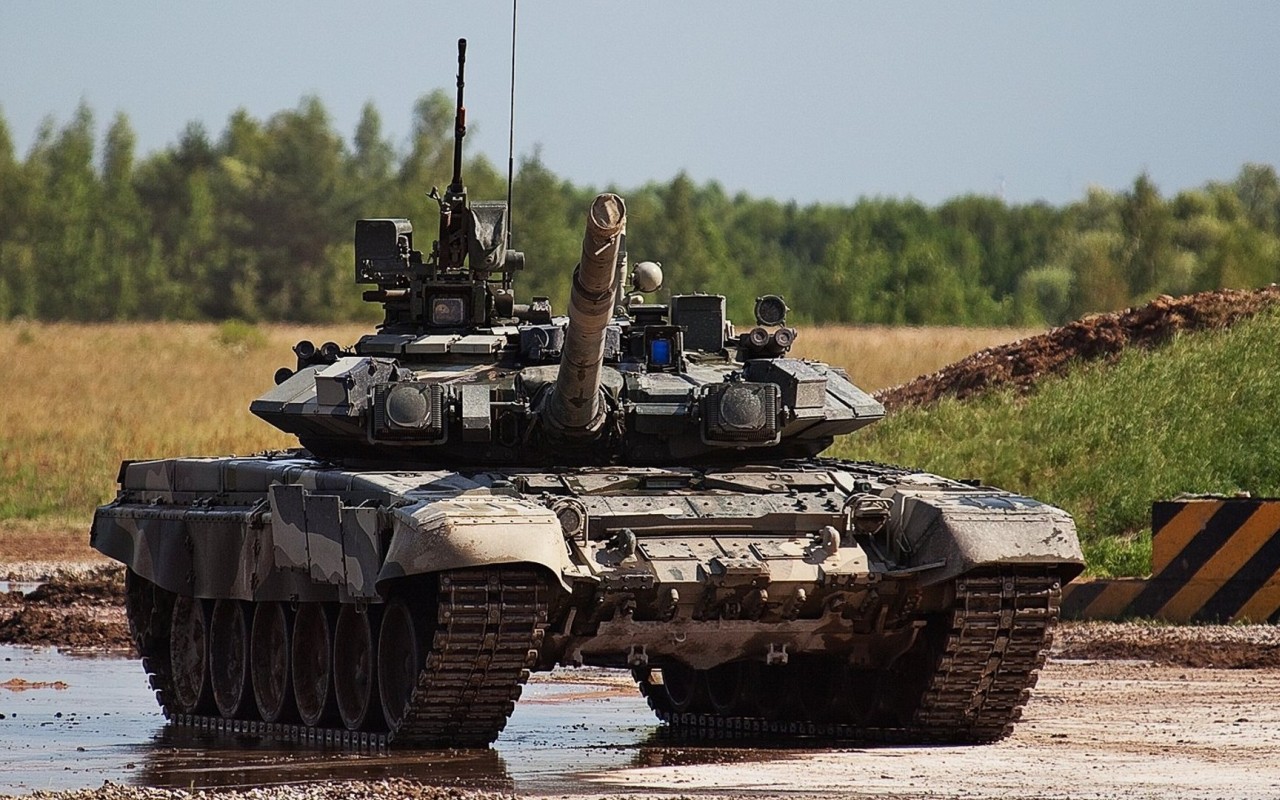


These armored fighting vehicles (AFV), including the new ARMATA family comprised of main battle tanks, Heavily Armored Infantry Fighting Vehicles (AIFV), and a multi-purpose chassis. Manufacturer UralVagonZavod, a Rostec subsidiary, says it will serve as the common base for a series of armored military vehicles, including APCs and a driverless tank.Ī model of the Armata T-14 went on display at Abu Dhabi’s International Defense Exhibition last month, with military experts speculating that a full-fledged display risked being seized as part of Western sanctions.During May 2015, the Russian authorities centered on President Putin’s speech, exposed new and some revolutionary families of armored vehicles being developed for the Russian land forces. The tank is built on a chassis known as the Armata Universal Combat Platform. The CEO of Russia’s Rostec industrial conglomerate, which oversees defense companies including Armata’s manufacturer, and Russia’s trade minister had previously announced plans to deliver Armata combat vehicles in 2021. His former colleague Alexei Krivoruchko had said serial deliveries of 132 T-14 and T-15 vehicles were planned by the end of 2021.

Russia previously announced that the Armed Forces’ Moscow-based First Guards Tank Army was expected to be first in line to receive the T-14 Armata tanks.įormer Deputy Defense Minister and current Deputy Prime Minister Yury Borisov had said that the military has procurement deals on two T-14 and one T-15 battalions for military tests. The T-14’s developers tout its next-level firepower, maneuvering and remote-control capabilities, as well as its unmanned turret and improved design for better survival prospects of its three-person crew. “It’s planned to deliver a pilot batch of T-14 tanks, T-15 infantry fighting vehicles and T-16 armored recovery vehicles in 2022,” Shoigu was quoted as saying at a meeting by Interfax.


 0 kommentar(er)
0 kommentar(er)
